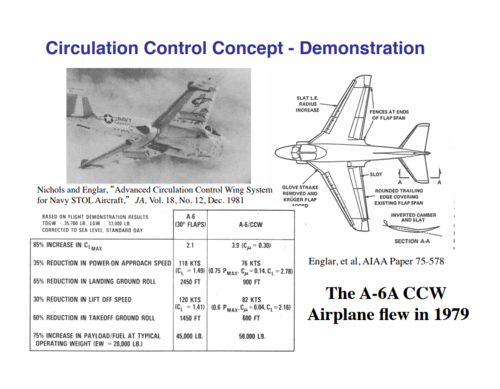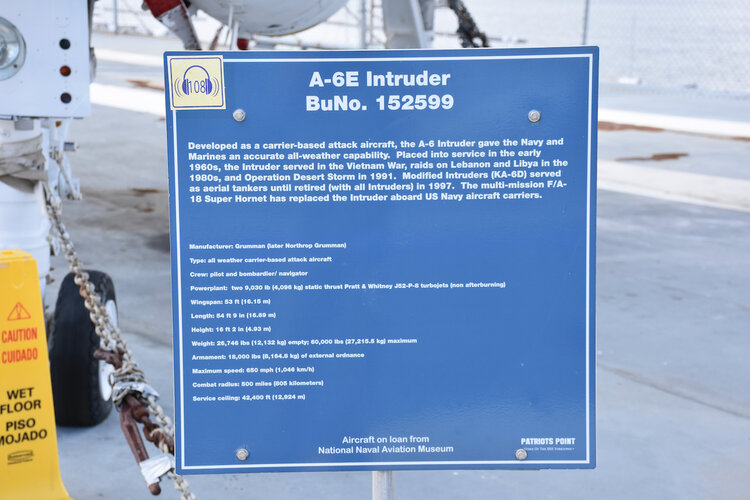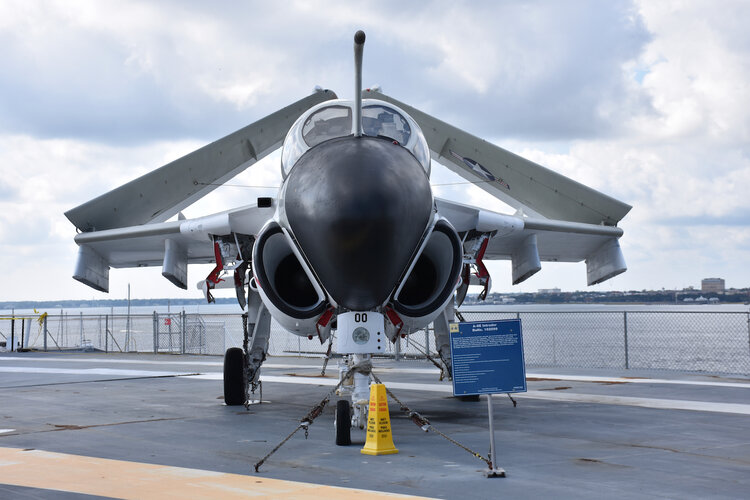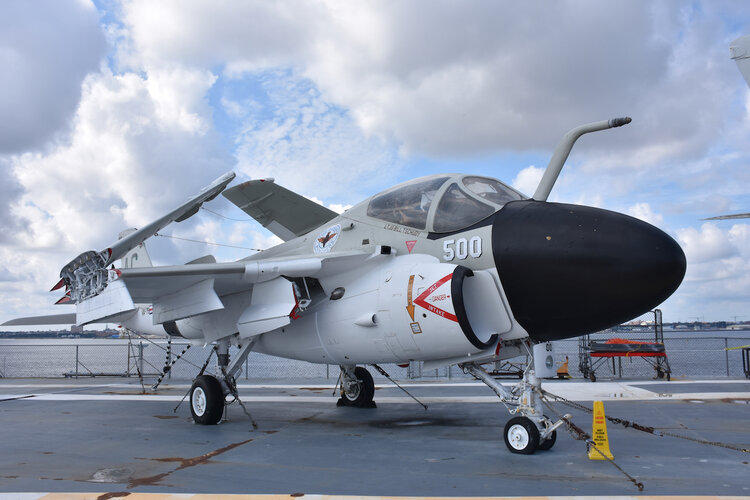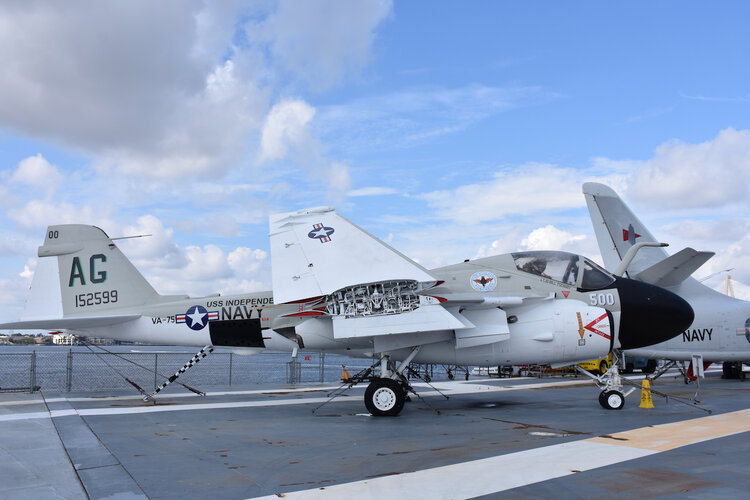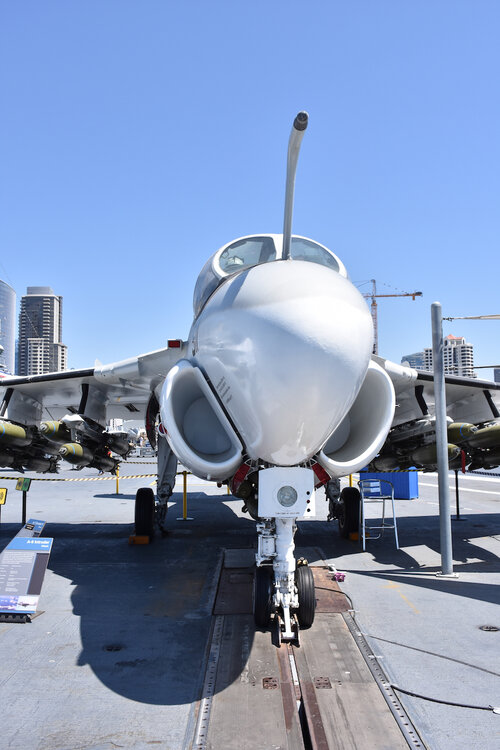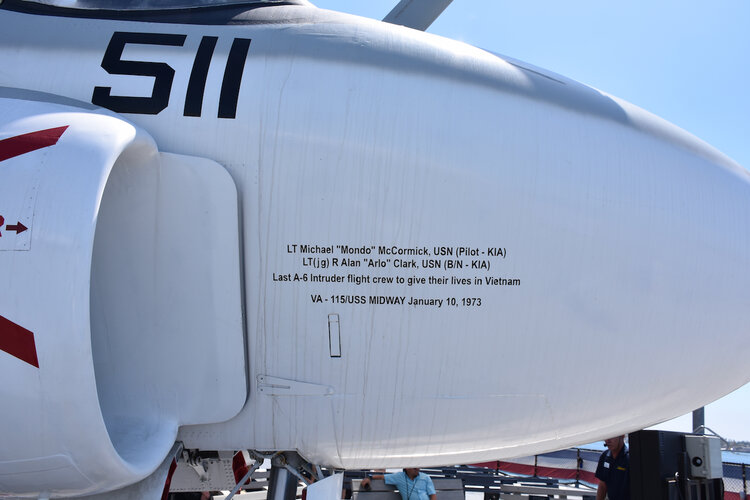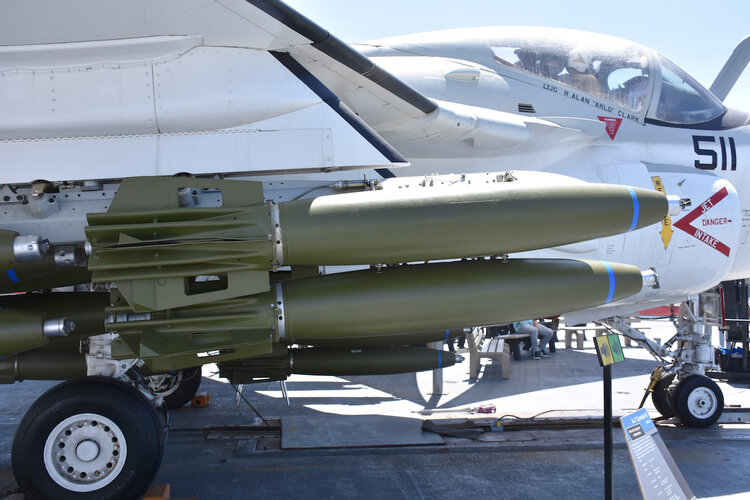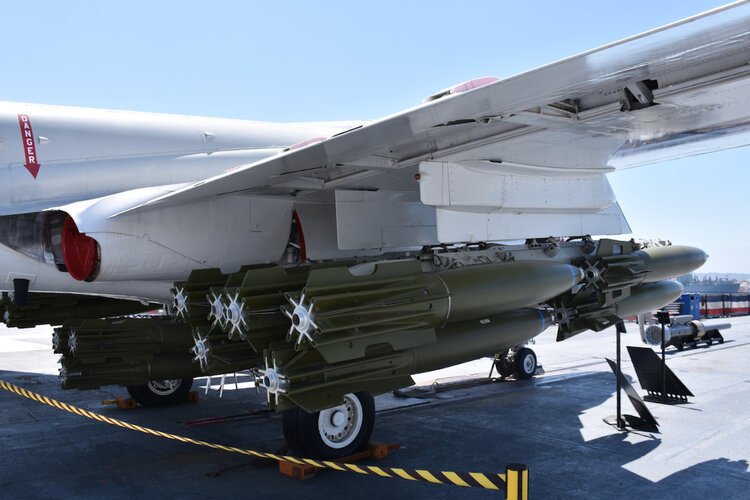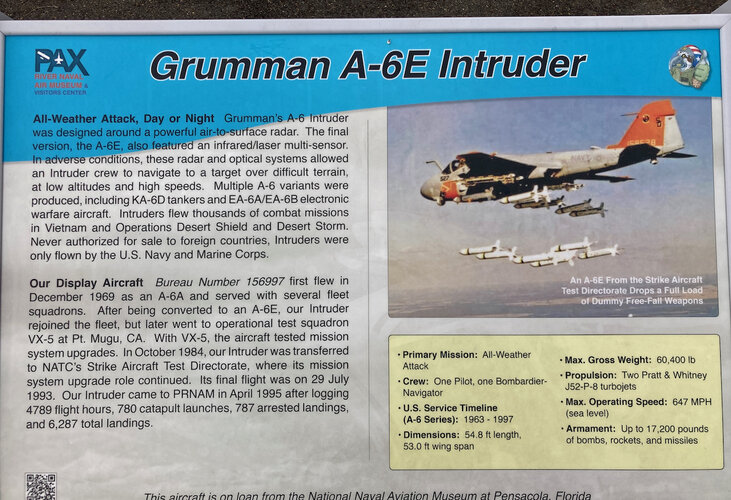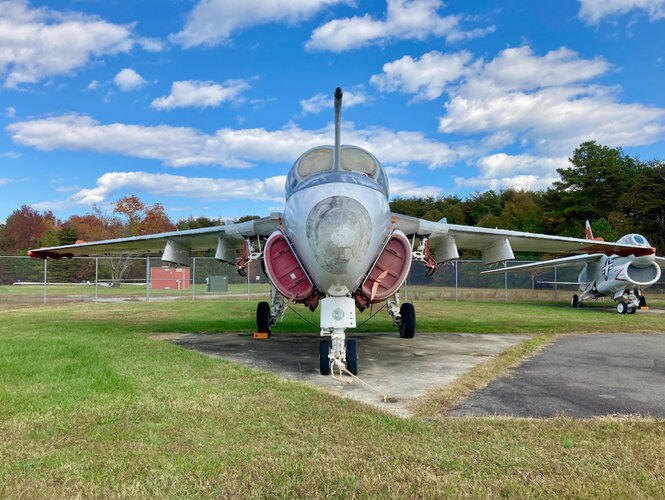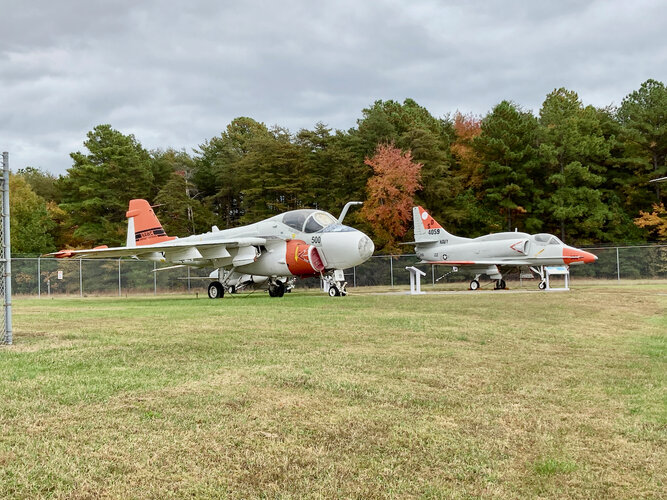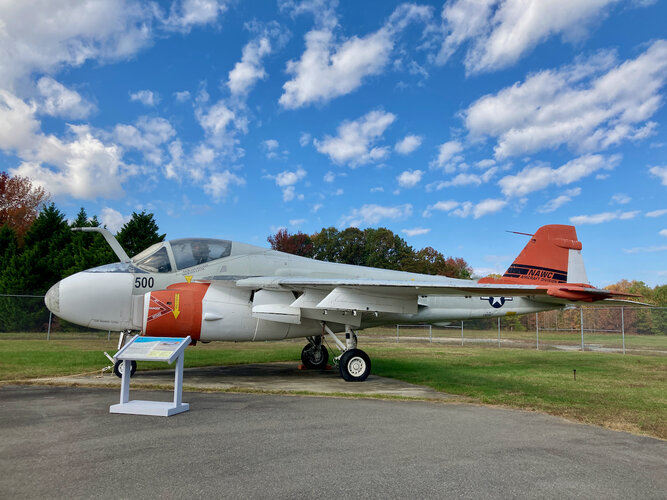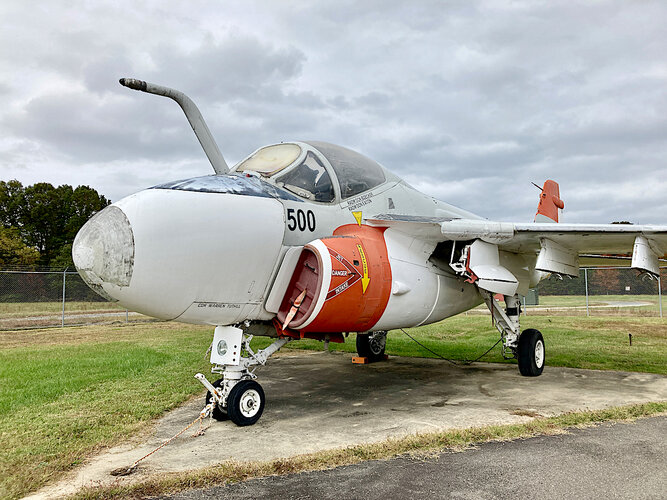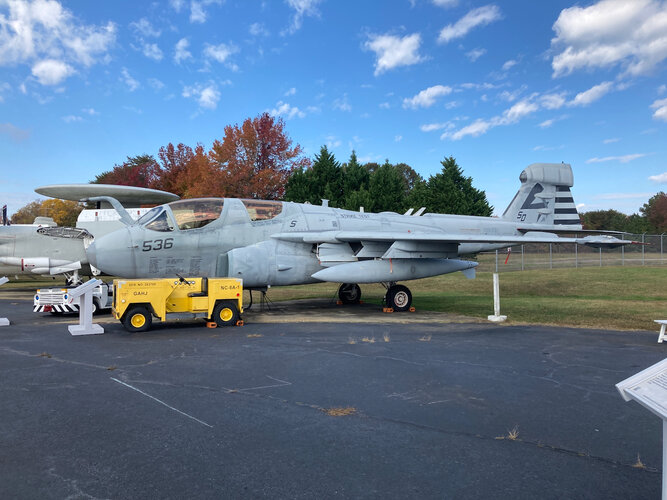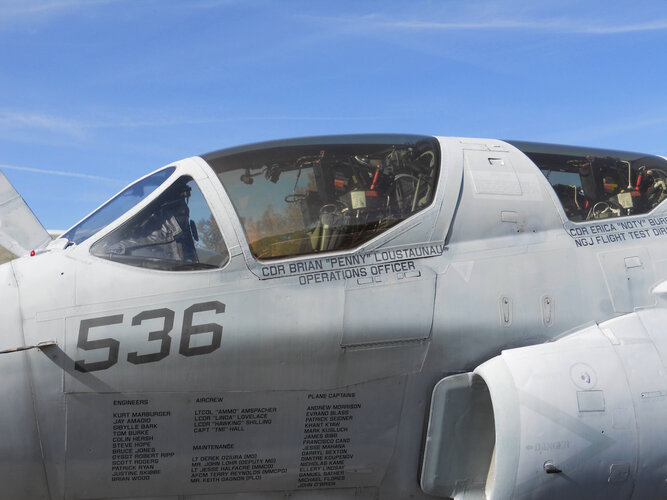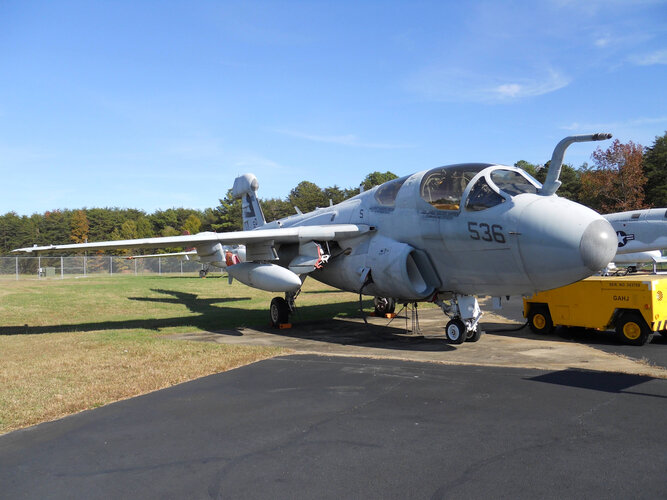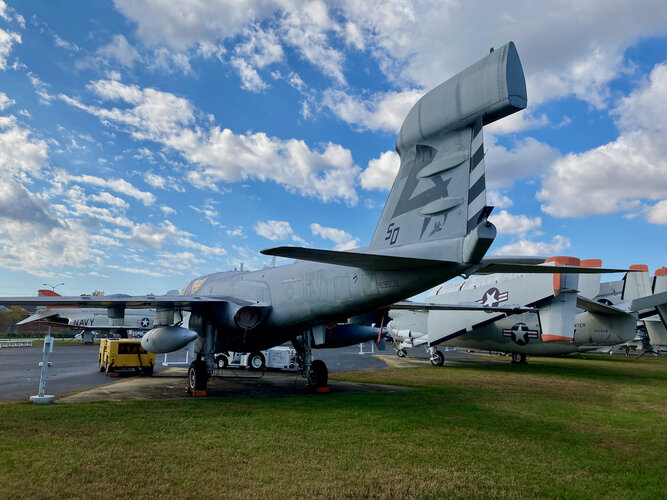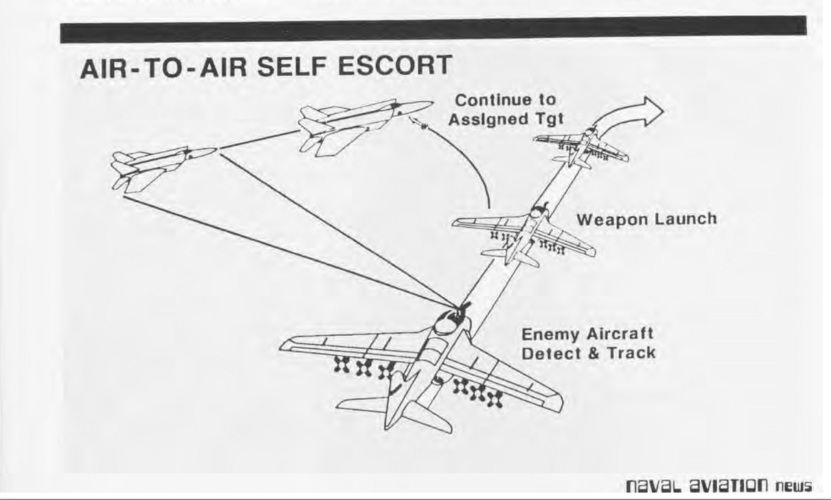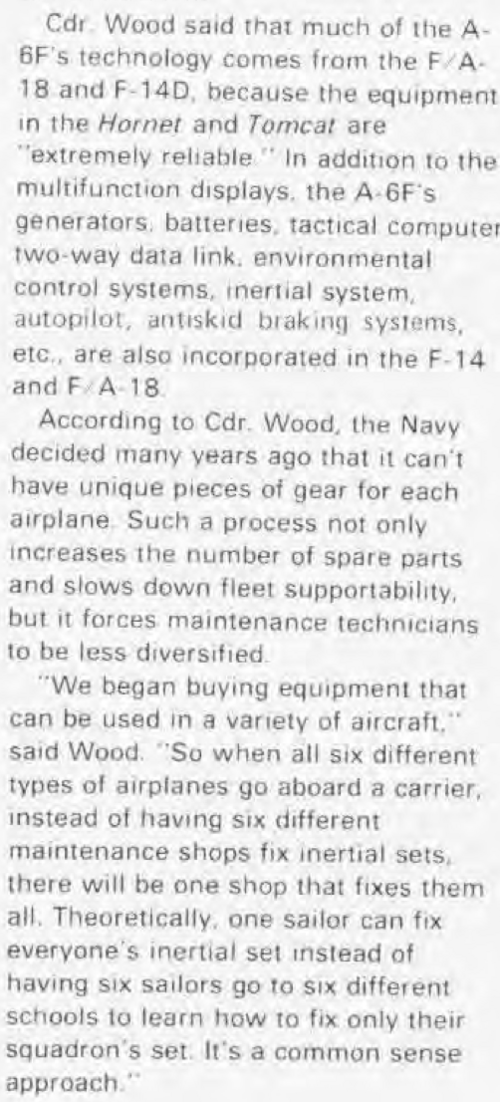Grumman actually built a "stealthified" modified A-6 mockup, in an attempt to show stealth knowhow for the AX (A-12) program.
Do any pictures exist of this?
I have hard about this A-6 mockup too and would like to see pictures if available. This is from a post on the "Grumman A-6 Intruder projects blog from 14 April 2006.
From 'The $5 Billion Misunderstanding: The Collapse Of The Navy's A-12 Stealth Bomber Program' by James P. Stevenson
'The Stealthy A-6
While General Dynamics was busy with its development of what would become the A-12, Grumman was attempting to influence the navy on an alternate plan. Grumman, which had hired Global Analytics two years earlier, had been doing its homework on stealth. Tom Kane was attending an annual event at the Naval War College known as the "Current Strategy Forum." This event was designed to let the navy and industry get together and discuss issues of the day. "During the 1984 Strategy Forum," Kane said, "I buttonholed Lehman and said, 'John, you've got to come up and see this A-6 we've put together.' We had been working, with Global Analytics' help, on our stealth range for a long time. Once we had completed our analytical work, we built a modified A-6. The mock-up probably took less than two weeks working around the clock. We were still working on it when Lehman arrived."
Secretary Lehman visited Grumman on Friday, 6 July. What Grumman wanted to show the navy was an actual A-6E in the back of Plant 5, on one side of which it had applied a stealth treatment. The stealth side had a pointed nose, nose chine, V-tail, a single-piece windshield, and some faceted treatment to the inlets. It also hid the fuel probe that normally stood out as a permanent fixture and applied a stealthy treat-ment to the external ordnance. One former Grumman employee, who requested anonymity, recalled that the major thrust of that meeting was to convince Lehman that Grumman could become a good team player in the forthcoming competition:
The briefing to Mr. Lehman (and others before him) had to do with demonstrating overall progress relative to starting to develop an intrinsic knowledge about stealth technology and about its integration and application. The purpose was to show that we could be a viable partner to one of the three designated leads for stealth so that we could become a part of the competition to replace the A-6.
The navy wanted an industrial team approach for the A-6 replacement program, so that team members subsequently could compete for production. To do that, you had to know enough about stealth going in, so that you could then learn what else you needed along the way and subsequently stand alone as one of two prime sources for production articles. That mission was accomplished. We were permitted to become a part of the program. In order to accomplish that objective, we had to deal with technology, processes, products, and people, across a broad array of functional areas, because stealth (like carrier suitability) is so pervasive across the design.
The rationale for Grumman's efforts to get smart on stealth may have evolved into one of making a good team player but that was not the focus at the time of Lehman's visit. When Grumman hired Global Ana¬lytics to help it get into the stealth business, the teaming concept was not being advocated by Paisley. So, at least in the beginning, Grumman was looking at the possibility of working alone. If they were able to convince Lehman their new version of the A-6E was the proper approach, it was unlikely Grumman would have looked for another aerospace company to help it.
Global Analytics was represented in the meeting by Ronald "Mugs" McKeown (McKeown was a MiG killer from Vietnam and former skipper of the Navy Fighter Weapon School's Topgun squadron), the program manager for Program Eleven as it was called. He was accompanied by Alan Wegner and Sam Ursini. Grumman's Greg Kutz and Paul Bavits gave the presentation. Tom Kane, Renso Caporali, and George Skurla were also there for Grumman. But Lehman was not impressed.
"I thought Grumman was way out of touch," said Lehman. "What they were attempting to do was like taking a dump truck and trying to make it pretty by adding fins. One thing I distinctly remember was they had no treatment for the cockpit canopy." (One of the Global Analytics employees said they had such a treatment but simply did not show it.) Grumman was claiming numbers like minus 35 dB nose on and minus 30 dB at other angles. But these figures did not impress Lehman either.
I didn't believe it and I didn't care. I knew the A-6 - any A-6 - would not perform the precursor mission. It simply wouldn't be stealthy enough with its large radar antenna out front. So in that sense, I knew we needed a new airplane to perform the job of a silver bullet. I thought we should have a couple of squadrons of them. We would keep them in the desert and practice carrier landings with them at night. I was a skeptic about this stealth stuff but I also knew that if I tried to sell a tarted-up A-6 to OSD, they would laugh me out of court. I told Skurla they were behind the technology and needed to get up to speed. I suggested they visit some of the people who were heavily involved.
"I drove Lehman to his aircraft," said Skurla. "He told me, 'George, I'm partial to the A-6 but the world has really moved ahead. And there are some people who are really ahead—GD, Lockheed, and Northrop. I think you should take a look at them. And if I were you, I would take a good look at Northrop.'" In the end, the stealthy A-6 had, as Tom Kane put it, "a shelf life of three days." Here was Grumman, the navy's premier aircraft provider for fifty years, which had a history of developing new aircraft, warming up an old design and adding some stealth treatments to the external ordnance. The question was why? "We didn't think it made sense financially to pay for a totally new program," said Skurla, "when you could get something reasonably close without starting a new program. We figured the research and development bill would be around $500 to $600 million."
Kane's comments were more to the point: "We knew the navy could not afford it. The navy had just received the OK to start the A-6F and the F-14D. Where was it going to get the money for a new design? All our internal analysis showed us it would have been useless to offer a completely new design."
 ntrs.nasa.gov
ntrs.nasa.gov
















